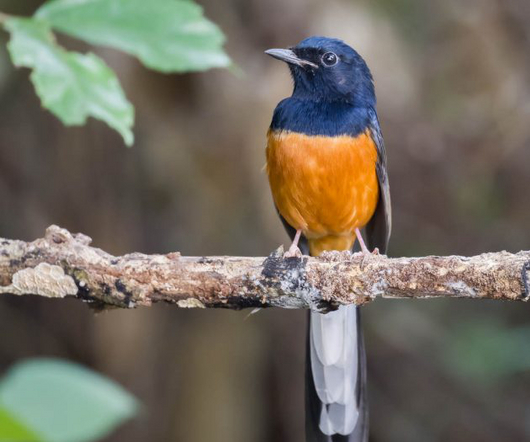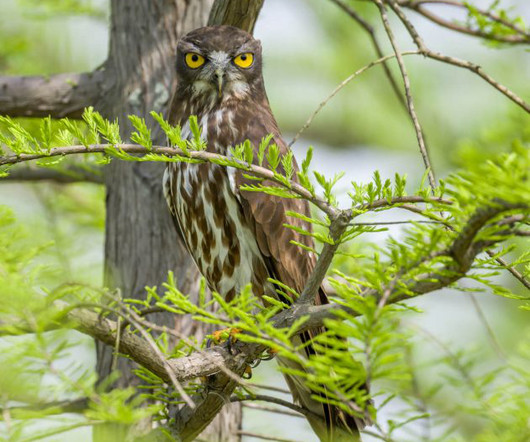Acorn Woodpeckers: The Clowns of the Avian World
10,000 Birds
FEBRUARY 29, 2012
Most Acorn Woodpeckers are cooperative breeders and live in family groups of up to a dozen or more individuals. Within a group, 1–7 male co-breeders compete for matings with 1–3 joint-nesting females who lay their eggs in the same nest cavity. This is their range map courtesy of Nature Serve.











Let's personalize your content